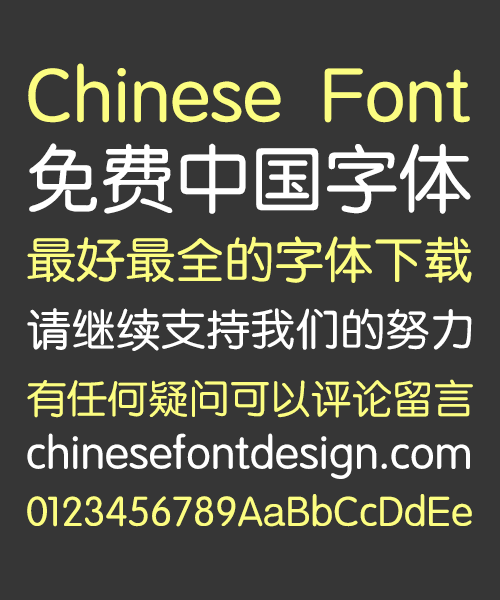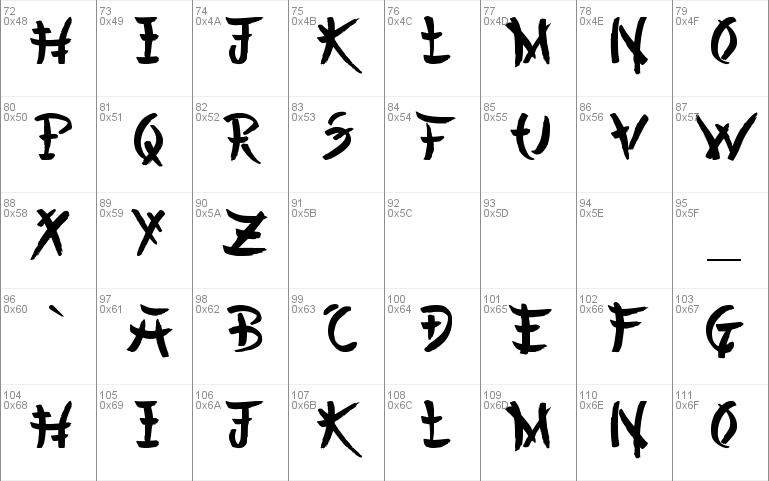

3 In countries that have developed their own calligraphy traditions such as Japan, Taiwan, and Korea, it not only represents an artistic practice but a philosophy embedded in thriving communities that have developed unique approaches to character design. Today as in the past, calligraphy is enjoyed as a form of meditation, relaxation, and mind-body practice. Today Huai Su’s writing is used as a classical example for calligraphers around the world who wish to deepen their understanding of this style. 江嶺之間。 From the Long River to the Five Mountain Ranges 積有歲時。 Collecting many years of experience, 精心草聖。 A dedicated sage of the cursive style. 小宗伯張正言。 and the minor ritual official Zhang Zheng Yan 1 In the 25-foot-long scroll, he describes his many exploits and achievements with monk-like humility:


He eventually impressed important officials of his age and gained fame for an especially gestural abstracted form of Chinese hand writing called tsao-shu (草書), which literally means “grass writing.” His autobiography is one of the only surviving examples of his writing left. Born in Changsha, he traveled to the western capital in search of knowledge and advanced calligraphy training. The monk Huai Su (懷素, 737-799 CE) grew 10,000 banana trees outside his home so he could use the leaves for calligraphy practice in place of rice paper which was rare and expensive in Tang dynasty China (618-907 AD).


 0 kommentar(er)
0 kommentar(er)
